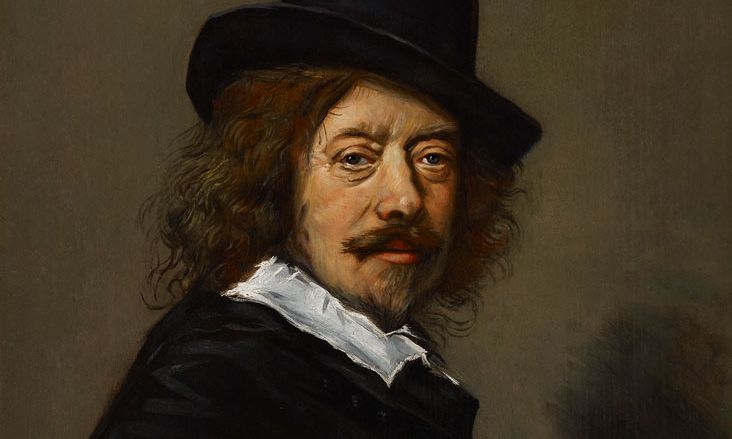After Frans Hals, Portrait of Frans Hals (around 1650)
• Click here for more reading lists on the world's greatest artists
The Dutch Old Master Frans Hals is renowned for capturing the expressions of his sitters, whether the cheeky sideways glance of a lute player or a smirking “cavalier”. But who was the man behind the paintings? A major touring show—which debuted last year in London and will this month open at the Rijksmuseum in Amsterdam—aims to answer that question with a sweep of the artist’s greatest paintings and an enlightening catalogue. If you are looking for more, the Rijksmuseum’s curator of 17th-century Dutch painting Friso Lammertse has picked five key books about the life and work of Frans Hals.
Frans Hals's The Lute Player (around 1623) Musée du Louvre, Paris
“Houbraken’s biography of Hals, in the first volume of his three-part series of biographies of 17th-century Dutch painters, remains indispensable. It is full of juicy details, which have quite often been dismissed as fantasy. But a significant part nevertheless seems to be based on reliable sources. Don’t forget to read the biography of Adriaen Brouwer in the same volume for an amusing description of his apprenticeship with Hals—he repaid a baby of Frans Hals in kind when it defecated on him.”
“It is 50 years old, but still the starting point for anyone wanting to engage with Hals. The oeuvre catalogue still stands like a rock.”
“A great catalogue and still the standard work on Hals, with very valuable essays and an indispensable overview by Irene van Thiel-Stroman of all documents known about Hals.”
“Painter Maurits van Dantzig published this book following the major Hals exhibition held at the Frans Hals Museum in Haarlem in 1937. According to him, only 33 of the 117 works on display were by Hals. The book was the first practical application of his pictology method, which stemmed from a dissatisfaction with the subjectiveness of attributions. Van Dantzig listed 43 characteristics by which a Hals painting could be recognised. His final conclusions turned out to be largely incorrect, but his attempt to arrive at a more objective connoisseurship is highly commendable. This certainly applies to Hals, about whose work there are still very heated debates.”
“Recovering the diaries of Hals is a dream for any art historian dealing with the artist. The daily notes by Hals in this novel do feel rather 20th century but that does not spoil the fun.”
• Frans Hals, Rijksmuseum, Amsterdam, 16 February-9 June; Gemäldegalerie, Berlin, 12 July-3 November

